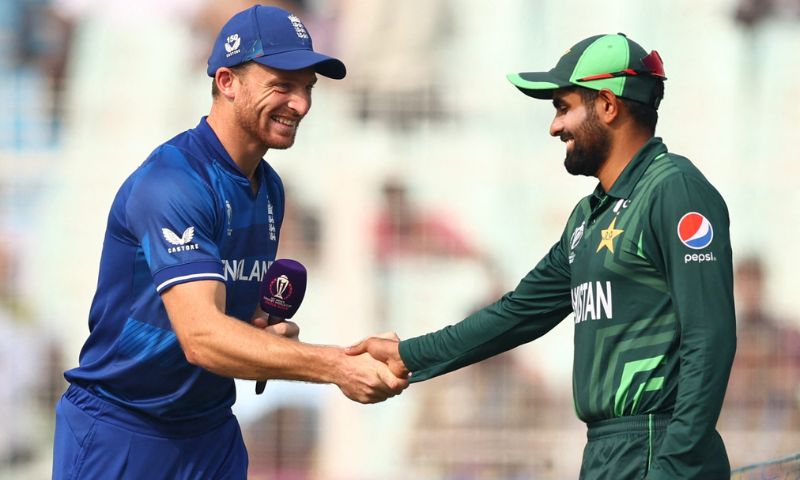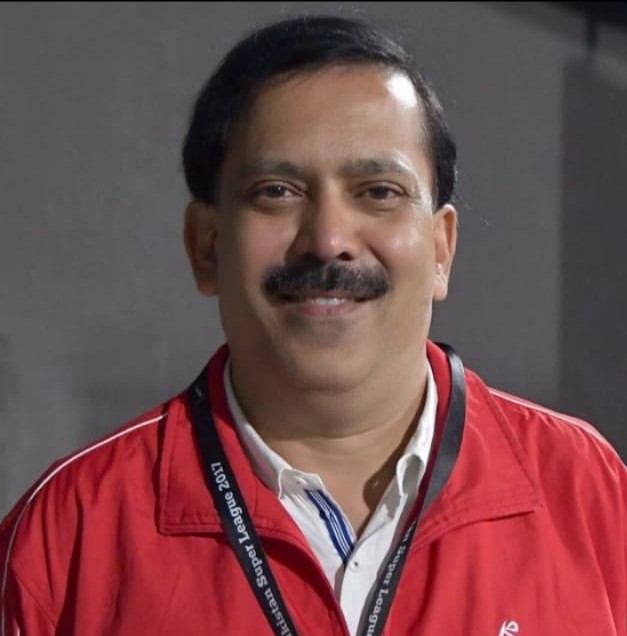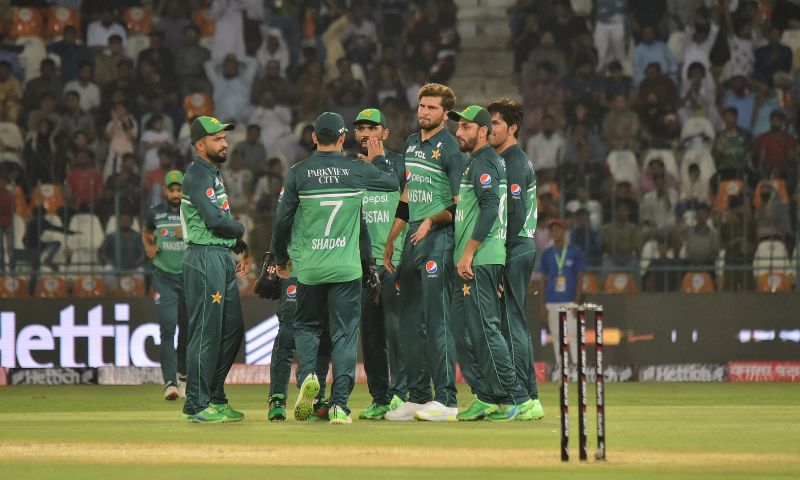It is always good to have an encomium on Pakistan cricket. For this is the ONLY sport that unites the nation with achievements. But recent dip in the performance of the national team across all three formats have fobbed off the fans. Pakistan lost to fast-improving Afghanistan in the ODI World Cup in October last year. Then a calamitous defeat was inflicted by newcomers the United States in the Twenty20 World Cup in June.
If these disasters in white ball cricket were not enough, Pakistan Test team suffered seismic jolts with a cruel 2-0 whitewash by lowly ranked Bangladesh. Pakistan cricket looked out of step. Defeats and wins are part and parcel of any sport, but the manner of defeat exposed the frail Pakistan system. Pakistan Cricket Board’s chairman Mohsin Naqvi admitted “the system was in a mess.” There is no doubt that after this the system is in a “ramshackle.”
Accept it or not, Pakistan took Bangladesh lightly. They had harbored unrealistic hopes of beating the lowly ranked opposition without much ado but were left wanting. The planning and selection for the series also left a lot to be desired. The management and captain had built their planning for the first Test on pure assumptions. They had been told in clear terms that preparing fast pitches in the monsoon month of August would not be possible. They still assumed a green top pitch will help fast bowlers and went with an all-pace attack in the first Test. Then when they needed good pace and potent pace bowling they rested both Shaheen Shah Afridi and Naseem Shah in the second Test. Consequently, they did not have someone who could get them the seventh wicket after kneeling down their opponents on 26-6. Unfathomable!
PCB chairman rightly pointed out a lack of a pool of players. This assessment was coming for a long time. A number of former players and analysts had alluded that the factory for producing talent has been either shut or close to it. But nobody cared. In fact, Babar Azam as captain never tried to strengthen the backup, not in any format. The most you need a backup is for the longer format. Ironically, experience was discarded in the form of Azhar Ali, Fawad Alam and Abid Ali. Both were the backbone of middle-order batting of the Test team. Both were discarded one by one. In one of the press conferences, Babar very tersely remarked that “it’s Azhar’s decision how long he wanted to play.” Just a few weeks later Azhar announced his retirement. He was not allowed to complete 100 Tests either. Nor did we have a solid back-up for him.
But the overriding concern is that there are no quick fixes. The bedeviled system has been eviscerated from some of the most essential parts which are necessary for the development of a national team. We have been humming familiar tunes and putting paper over cracks. But this is the lowest phase Pakistan cricket can go through and tough calls are needed for repair work.
The common trait is that we start criticising the incumbent chairman for the disaster. Flaking Naqvi for this situation would be wrong as he only came into the office six months ago. In fact, his arrival saw some concrete measures to improve the status quo. The selection committee was revamped, two separate head coaches for white and red ball were brought while an Australian curator was imported to improve the home pitches. But problems were everlasting and enduring. Sadly, there is no quick fix. PCB will have to do both long-term and short-term planning.
The first and the foremost thing is to improve the domestic system. There is a gulf between the standards of domestic and international cricket. When a top performer of our home cricket goes on to play the high-profile international cricket he struggles and takes time to learn. That platform is not for learning. You need to be groomed and developed for that. It is heartening to note that PCB has noted down this problem and are determined to reduce that gap. The next best thing that can be achieved over a period of time will be to have separate players for red and white ball cricket. That will help keep some players fresh. Those who play all three formats should be rotated and their workload should be managed. That will require a strong and no-nonsense high- performance manager. Australia had Pat Howard who used to see eye-an-eye with players. Once he left Australia now has Ben Oliver. England had Mo Bobat whose coordination and strong eye kept England’s pool of players copious. Now they have Ed Barney who keeps an eye on talent. England have picked a good number of players on pure potential despite not having a good domestic record. It has worked. Pakistan too have to keep a strong data of players so that no talented player is missed. As they say, patience is the key. Turning our cricketing fortunes will take some time.
The next best thing that can be achieved over a period of time will be to have separate players for red and white ball cricket. That will help keep some players fresh. Those who play all three formats should be rotated and their workload should be managed. That will require a strong and no-nonsense high- performance manager. Australia had Pat Howard who used to see eye-an-eye with players. Once he left Australia now has Ben Oliver. England had Mo Bobat whose coordination and strong eye kept England’s pool of players copious. Now they have Ed Barney who keeps an eye on talent. England have picked a good number of players on pure potential despite not having a good domestic record. It has worked. Pakistan too have to keep a strong data of players so that no talented player is missed. As they say, patience is the key. Turning our cricketing fortunes will take some time.



























